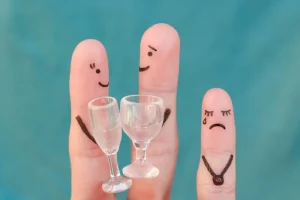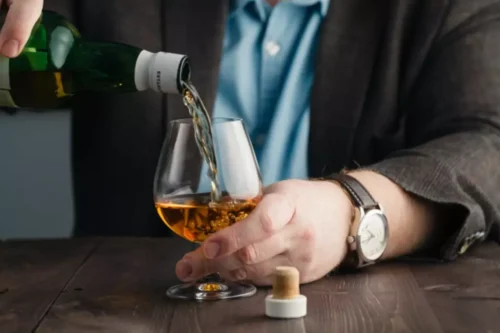The American Psychiatric Association’s Diagnostic and Statistical Manual of Mental Disorders (DSM-5) has concrete diagnostic criteria for substance use disorders. There are many types of addiction (alcohol, drugs, sex, gambling, overeating, overspending, etc.) and each type follows a consistent cycle of phases that become increasingly difficult to overcome. Depending on the person and their particular addiction, each phase may take a short or long time to develop.
Continued Use / Abuse
Some scientific literature describes addiction as the compulsion to use substances or participate in addictive behaviors, such as gambling, eating, and working, even when doing so causes harm. No single factor can predict if a person will experience addiction to drugs. It involves an intense rush of pleasure as the drugs activate the brain’s dopamine system. But, in modern life, we live in a world of abundance rather than scarcity, and Lembke says our brains weren’t evolved for the “fire hose of dopamine” of sugar, social media, TV, sex, drugs or any number of dopamine-triggering stimuli so easily available.

Stage 1: Binge and Intoxication
- Authorities said Leach knew these women were actively experiencing addiction and created a dynamic in which the women owed her a “drug debt” that was paid off through the sex acts.
- Addiction often requires a comprehensive, multifaceted approach which involves a combination of detox and psychological therapy.
- The multiple stages of addiction can occur over a short period of time, or they can take months or even years to develop.
Informed by her personal journey to recovery and support of loved ones in sobriety, Jessica’s empathetic and authentic approach resonates deeply with the Addiction Help community. Individuals at the earlier stages of addiction likely will not need the same intensity of treatment that those in later stages will need. Ask your healthcare professional what option is ideal for the stage of addiction you’re currently in.
Substances Stimulate Areas of the Brain Involved in Habit Formation
The effects of these drugs can be dangerous and unpredictable, as there is no quality control and some ingredients may not be known. At Brookdale Addiction Recovery, we can provide you with the individualized care you deserve, through our patient-centric approach to treatment. As each patient enters our program, they undergo a thorough evaluation by our medical and clinical team to construct comprehensive treatment plans tailored to fit their needs. During Stage 2, there are little to no cravings for the drug and the individual will still be making a conscious choice of whether to use or not. They may use it impulsively or in a controlled manner, and the frequency of both options mainly depends on a person’s nature and reason for using the drug.

Biden says he will respect verdict for son Hunter after conviction
- Behavioral addictions can occur with any activity that’s capable of stimulating your brain’s reward system.
- Opioids are narcotic, painkilling drugs produced from opium or made synthetically.
- There is sometimes a perception that addiction is something that either exists in a person’s character or does not.
- Dopamine is a type of neurotransmitter, something that is made by your body to send messages between nerve cells.
- Lembke says this balancing see-saw of pleasure and pain made sense in the time of early humans, when we had to constantly search for our basic needs – food, water, shelter.
- A person with an addiction uses a substance, or engages in a behavior, for which the rewarding effects provide a compelling incentive to repeat the activity, despite detrimental consequences.
Given the prevalence of co-occurring substance use and mental disorders, it is critical to continue to advance research on the genetic, neurobiological, and environmental factors that contribute to co-occurring disorders and to develop interventions to prevent and treat them. Compulsive substance seeking is a key characteristic of addiction, as is the loss of control over use. Compulsivity helps to explain why many people with addiction experience relapses after attempting to abstain from or reduce use.
Getting help for addictions
In this case, the temporary relief the substance brings from the negative feelings negatively reinforces substance use, increasing the likelihood that the person will use again. Importantly, positive and negative reinforcement need not be driven solely by the cycle of addiction effects of the drugs. For example, the approval of peers positively reinforces substance use for some people. Likewise, if drinking or using drugs with others provides relief from social isolation, substance use behavior could be negatively reinforced.
How are addictions diagnosed?


